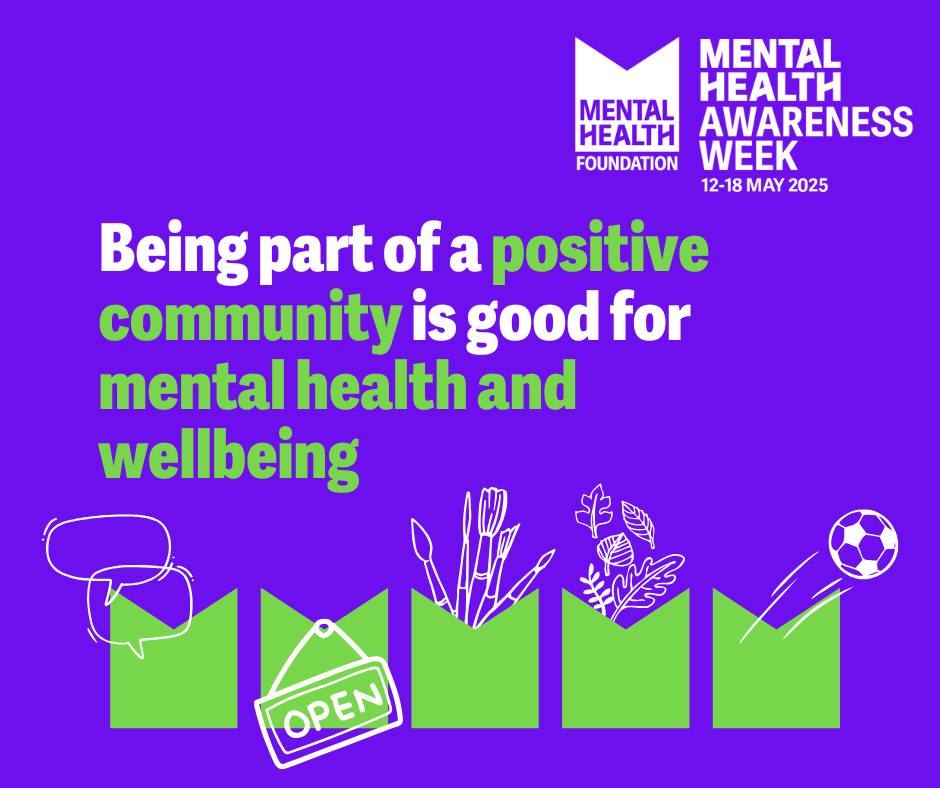This week 6th-12th May is Deaf Awareness Week 2024. Deaf Awareness Week is a time to celebrate diversity, promote understanding, and build a more inclusive world for all.
We have created a guide to help you engage and communicate better when talking to your deaf friend, family member or colleague.
1.Find out which communication methods the person uses, whether that is speech, sign a long, Makaton, British sign language or a mixture of both.
At Aspire we use Sign Along – Signalong is a key word sign-supported communication system based on British sign language and is used in spoken word order. It uses speech, sign, body language, facial expression, and voice tone to reference the link between sign and word. Aspire uses a total communication approach and specialises in supporting people living with dementia, disabilities, and learning disabilities, who experience a range of communication difficulties.
There’s lot of other resources online to help you learn how to sign. Check out the British Sign website for more details : British Sign Language – Online resources, games, & course. (british-sign.co.uk)
2. Speak naturally and Face the person when you are speaking.
Make sure that when you are talking, you are facing the person. This will help them to hear your voice if they have some residual hearing, lip read, and observe your non-verbal communication such as your facial expressions and body language. Don’t cover your mouth when you are speaking as this will make lip reading difficult.
3. Think about your environment. Reduce background noise.
If you are in a group, try having a conversation one on one. Background noise such as people speaking loudly or music can be difficult for those with hearing aids, it would be a good idea to turn off the music when you are having a conversation.
4. Write it down.
Try using a pen and paper or your mobile phone to write down what you want to say.
At Aspire, we also use flashcards with images of key items, words or feelings which we can use to help people communicate.
5. Use universal hand gestures.
Use the environment for additional cues, point to what you are talking about. Use universal hand gestures when you are talking.
A thumbs up or down movement, for example, could help to explain how you feel and can be universally accepted.
Each deaf person communicates different, some communicate by speaking, some sign language and others use both. It’s important to always ask the person you are talking to what they prefer so that you both feel comfortable and confident in the conversation.

